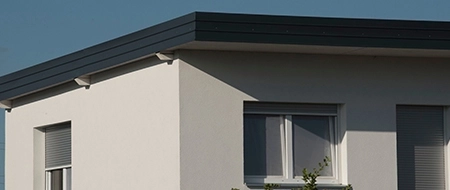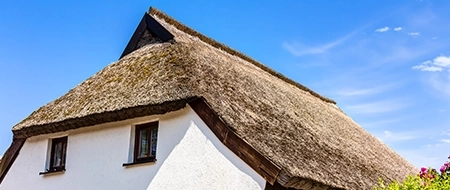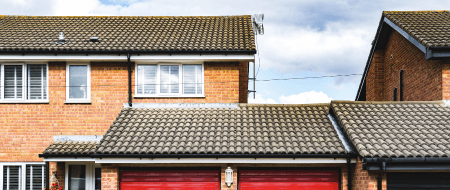Will my home insurance cover a leaking roof if I live in a flat?
Whether your home insurance covers a leaking roof depends on whether you rent or own the flat. Here's how it works in both cases:
If you own the flat:
If you own the flat, your home insurance might cover a leaking roof, depending on what caused the damage. Buildings insurance, which covers the property’s structure, is usually required for flat owners. If the leak is from something like a storm or falling debris, it will likely be covered.
But if the leak is due to wear and tear or poor maintenance, it probably won’t be. Sometimes, the roof is covered by a shared insurance policy managed by the building's freeholder, so it’s important to check your policy or ask the freeholder.
If you rent the flat:
If you rent the flat, your landlord is usually responsible for fixing a leaking roof, as they own the building. Their buildings insurance may cover the repairs. As a tenant, it’s a good idea to have contents insurance to protect your belongings in case the leak damages them. Your landlord’s insurance won’t cover your personal items, so contents insurance can help protect things like furniture and electronics. Read more about contents insurance for tenants and renters.







